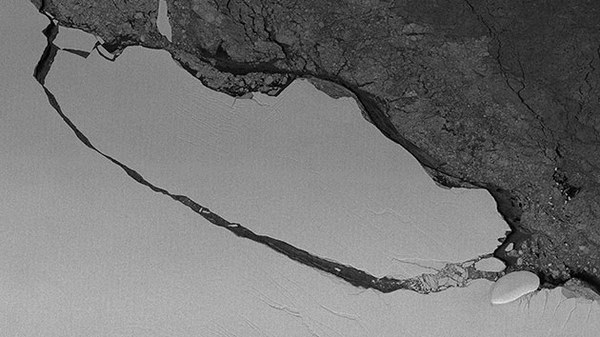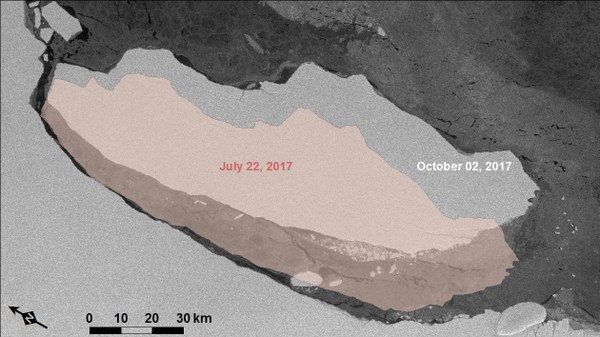Larsen C - TerraSAR-X observes breakup of the iceberg
People make science happen. The DLR Blogs portal features the DLR researchers themselves – highly qualified experts who are passionate about their work. The blogs provide a glimpse 'behind the scenes' of their everyday scientific lives. They show how multifaceted DLR's research is. In addition to the very personal insights of our scientists, the DLR Blogs portal is the place to find out more the latest research topics and learn fascinating facts from the world of science.


